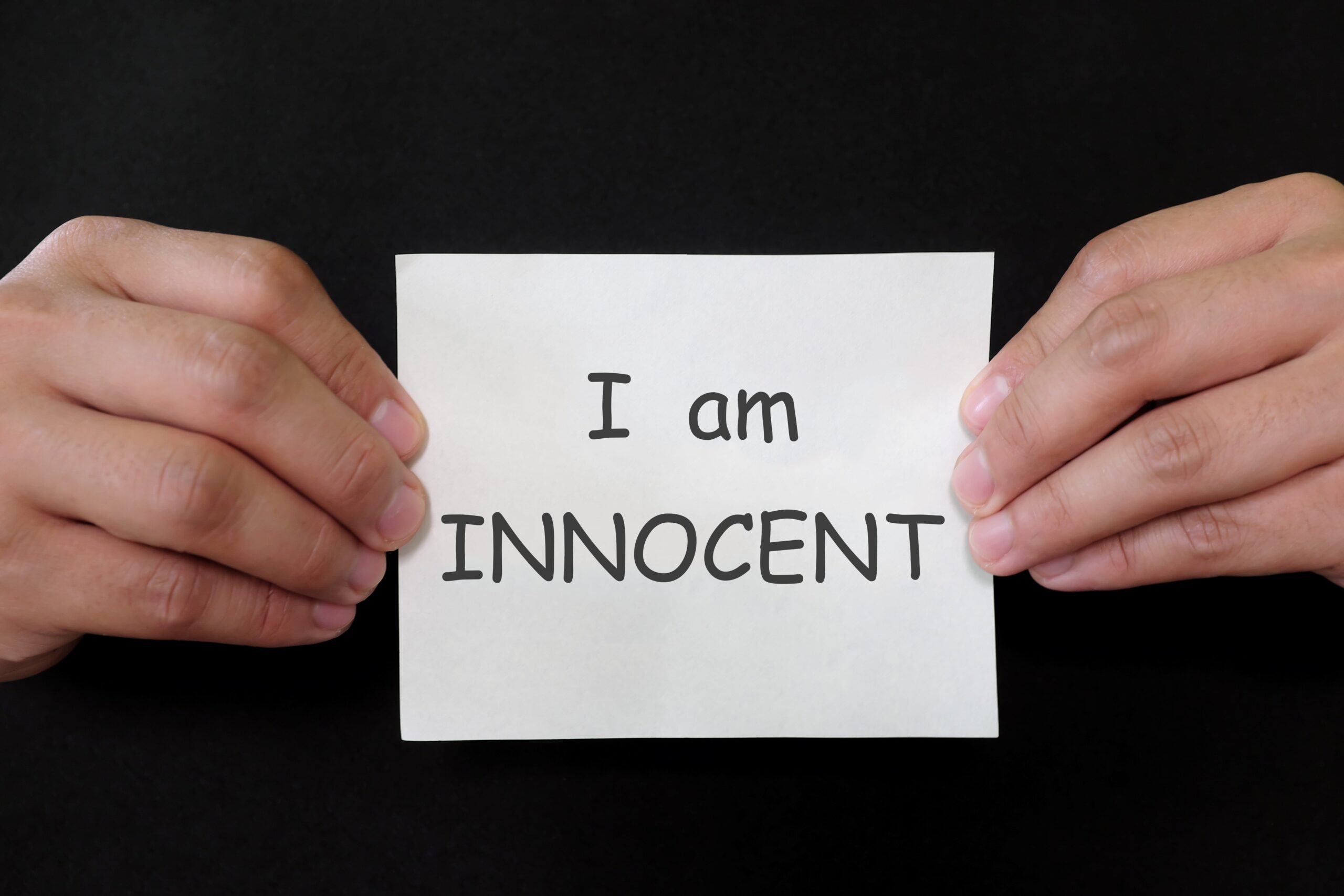Share This Article
ArrayHow can we quantify, in monetary terms, the years of a human life?
Kathleen Folbigg, the woman once branded ‘Australia’s worst serial killer’, has now been pardoned after serving 20 years in gaol of a minimum 25-year sentence.
Folbigg was originally convicted in 2003 of three counts of murder in relation to her children Laura, Patrick, and Sarah, and one count of manslaughter in relation to her son Caleb.
Her pardon followed summary findings prepared by former NSW chief justice Thomas Bathurst who led a recent inquiry into the convictions. Bathurst arrived at the view that there was reasonable doubt as to Folbigg’s guilt of each of the offences, with this largely based on new medical evidence.
This led to Attorney-General Michael Daley recommending that she should be unconditionally pardoned and released immediately.
Whilst this is a remarkable development, the question remains as to what will occur next.
Notably, the unconditional pardon does not take away her convictions and essentially means that she is not required to serve the remainder of a sentence.
In order for the convictions to be formally quashed, the matter will need to be referred to the Court of Criminal Appeal. If this is done, the matter will become subject to the appeal proceedings.
Once the conviction is removed, Folbigg may be able to launch civil action or other remedies.
In Australia, a person who is wrongfully convicted of a crime is not automatically legally entitled to compensation, except for in the Australian Capital Territory, unlike in many jurisdictions overseas.
Wrongful convictions can arise in numerous circumstances, including due to outdated expert evidence, mistaken identification, and biased investigations.
Rory Pettit is a criminal defence barrister at Forbes Chambers.
“It is difficult to assess precisely which factors contribute to wrongful convictions because the sample that we have are only those convictions which have been established to have been wrongful. There are doubtless many persons who have been wrongfully convicted who have not (and may never be) exonerated because of our inability to detect the factors that led to that conviction.
“An obvious example involves people convicted on false witness testimony. If we can’t prove that a witness lied, the witness (or witnesses) who lied refuse to recant, and an accused person’s denials have been rejected by a jury, then it’s likely that we will never know that person was wrongfully convicted.” he noted.
Options available to those wrongfully convicted include launching a civil action and suing the government or police in the intentional torts of negligence, false imprisonment, or primarily – malicious prosecution. However, such suits have often been branded notoriously difficult.
“Part of the problem is that to establish civil liability for a conviction, a wrongfully convicted plaintiff will usually have to successfully argue that their prosecution was malicious. The difficulty lies in establishing “actual malice”, the threshold for which has been raised by the Supreme Court in recent authorities.
“In Wood v R [2018] NSWSC 1247, Fullerton J endorsed the proposition that to establish malice, “the dominant purpose of the prosecutor must be a purpose other than the proper invocation of the criminal law”. The CCA upheld that finding. That it must be found to be the dominant purpose often provides the difficulty for a plaintiff.”
“While deeply flawed, many prosecutions leading to wrongful convictions are well-meaning — that is, in his or her mind the prosecutor wasn’t trying to do something anything other than to properly invoke the criminal law. They just may not have realised that their case had significant problems. That it was well-meaning, however, provides little comfort to the wrongfully convicted.”commented Pettit.
It has been identified that a more likely outcome in this circumstance may be an ex-gratia payment.
What is an ‘ex-gratia’ payment?
An ex-gratia payment is a one-off payment which a state or territory government may choose to provide to someone affected by a wrongful conviction, on its own accord or due to a request by a party.
States and territories are able to make these discretionary payments, with their authority flowing from the ‘Executive Power’ provided to the government under the Constitution.
Payments are made at the discretion of the territory or state Attorney General, and a decision to refuse to make a payment is not reviewable in any way, with no guidelines imposed.
What are other schemes of compensation?
In New Zealand, a formal scale has been developed for ex gratia payments, including $NZ150,000 for each year in custody, in addition to up to $NZ100,000 for loss of livelihood during that period, and up to $NZ50,000 to help re-adjust to living in the community.
Without such a scale, it is hard to determine what compensation may be provided, with determination thus branded as arbitrary and inconsistent.
“While any payment is better than none, when seeking compensation, a wrongfully convicted person shouldn’t be left to the discretion of an administrative decision-maker whose determination about whether to provide compensation, and how much if so, cannot be appealed and is not determined by reference to any objective scale.” commented Pettit.
In the ACT, there is a mechanism under human rights legislation which enables individuals to seek compensation where they have been wrongfully convicted of a criminal offence.
As outlined in section 23 of the Human Rights Act 2004 (ACT), a person has the right to be compensated according to law if:
- they have been convicted by a final decision of a criminal offence and suffer punishment as a result of the conviction, and
- the conviction is reversed, or they are pardoned, on the ground that a new or newly discovered fact shows conclusively that there has been a miscarriage of justice.
In 1995, David Eastman was wrongfully convicted of the murder of assistant federal police commissioner Colin Winchester and spent 19 years in gaol for the offence.
He was offered an ex-gratia payment of $3 million by the ACT Government, on the condition that he did not sue. He instead made a claim under the ACT’s human rights legislation and was subsequently awarded $7.02 million, over twice the original amount offered.
What compensation has been granted?
In reviewing cases of ex gratia payments that have been made across the country, the sums and situations vary considerably.
Lindy and Michael Chamberlain received $1.3 million from the Northern Territory government in 1992, over their wrongful convictions related to the death of their nine-week-old baby Azaria.
During the proceedings, Lindy was imprisoned for approximately four years.
In South Australia, Henry Keogh received a mere $2.5 million from the South Australian government in 2018. He served over 19 years in gaol, after being wrongfully convicted of his fiancée’s murder.
Terry Irving, an Aboriginal man from north Queensland, spent four-and-a-half years in gaol for a bank robbery he did not commit, however, 25-years later he is still waiting on compensation.
There are numerous further cases in which an ex-gratia payment is not provided, with no explanation – largely due to there being no requirement to do so.
In reviewing the current landscape, advocates have noted that further structures ought to be imposed.
Pettit summarised: “the ACT system is best, as it allows for case-specific determinations to be made as to how much compensation a person is entitled to.
“While less than perfect, a scale of ex-gratia payments would provide a step towards just outcomes in such matters but would still suffer from the lack of due process, the proper accountability of those responsible, and/or an appeal process. Most of Australia, in other words, has a long way to go.”
Book a Lawyer Online
Make a booking to arrange a free consult today.
Call For Free Consultation
Call Now to Speak To a Criminal Defence Lawyer
Over 40 Years Combined Experience
Proven SuccessAustralia-Wide
Experienced LawyerGuarantee
 (02) 8606 2218
(02) 8606 2218
 (02) 8606 2218
(02) 8606 2218












